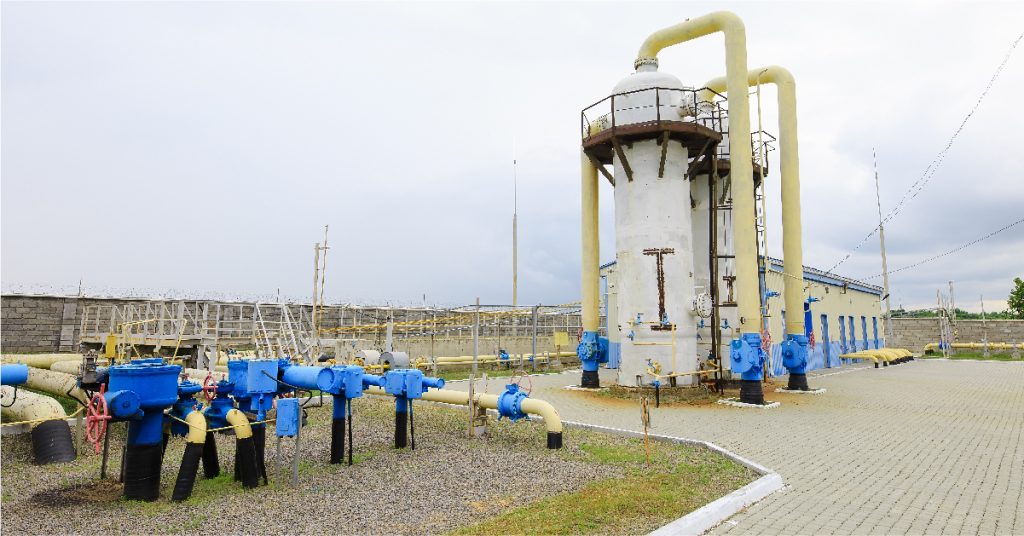Water scarcity is one of South Africa’s most pressing challenges. With limited rainfall, over-extraction of groundwater, and growing industrial and municipal demand, many communities struggle to access safe, reliable water. While seawater desalination is widely discussed, brackish water—saline groundwater with lower salt content than seawater—offers an underutilized yet highly viable solution. By harnessing advanced desalination technologies, particularly reverse osmosis plants for brackish water, South Africa can unlock a sustainable and cost-effective water supply.
What is Brackish Water?
Brackish water is water with salinity levels higher than freshwater but lower than seawater. It typically contains between 1,000 and 10,000 parts per million (ppm) of dissolved salts. Brackish water is commonly found in groundwater aquifers, estuaries, and coastal wells. While unsuitable for direct consumption or industrial use, it can be treated effectively with desalination technologies to produce safe, potable water.
The Need for Brackish Water Desalination in South Africa
South Africa faces unique water challenges that make brackish water treatment a necessity:
- Groundwater Reliance – Many inland areas depend on brackish aquifers, which are often too saline for direct use.
- Urban and Industrial Demand – Cities and industries require a consistent water supply despite limited freshwater resources.
- Water Scarcity & Droughts – Frequent droughts highlight the urgent need for diversified and sustainable water sources.
- Cost Pressures – Seawater desalination is energy-intensive and costly, making brackish water desalination a more practical option in many regions.
By deploying reverse osmosis plants for brackish water, South Africa can significantly expand its usable water resources at lower operational costs compared to seawater treatment.
Ion Exchange: Brackish Water Desalination Made Efficient
Brackish water, with its high dissolved solids, often poses a challenge for both drinking and industrial applications. Ion Exchange addresses this with advanced membrane-based technologies, particularly reverse osmosis (RO) and nanofiltration systems, to reliably reduce TDS levels and deliver safe, high-quality water.
Our Indromatic Desalination Systems are engineered to remove up to 95% of total dissolved solids, effectively handling fluctuations in feedwater quality. Compact, energy-efficient, and user-friendly, these systems are widely adopted for industries such as food, pharma, and electronics, as well as for community and residential water needs.
By transforming brackish water into a sustainable freshwater source, Ion Exchange ensures cost-effective, reliable, and future-ready solutions, enabling industries and communities to overcome water scarcity challenges with confidence.
Why Choose Ion Exchange?
Treating brackish water is not just about technology—it requires a partner with proven expertise, global experience, and a deep understanding of local challenges. With decades of successful projects worldwide, Ion Exchange provides more than just reverse osmosis plants for brackish water. We deliver solutions that secure water availability, reduce costs, and support sustainable growth for industries, municipalities, and communities in South Africa.
Conclusion
As water scarcity intensifies, South Africa must look beyond traditional freshwater sources. Brackish water desalination presents a practical, affordable, and scalable solution for expanding access to safe, reliable water. With Ion Exchange’s advanced RO plants and end-to-end expertise, communities and industries can turn underutilized resources into sustainable lifelines.


